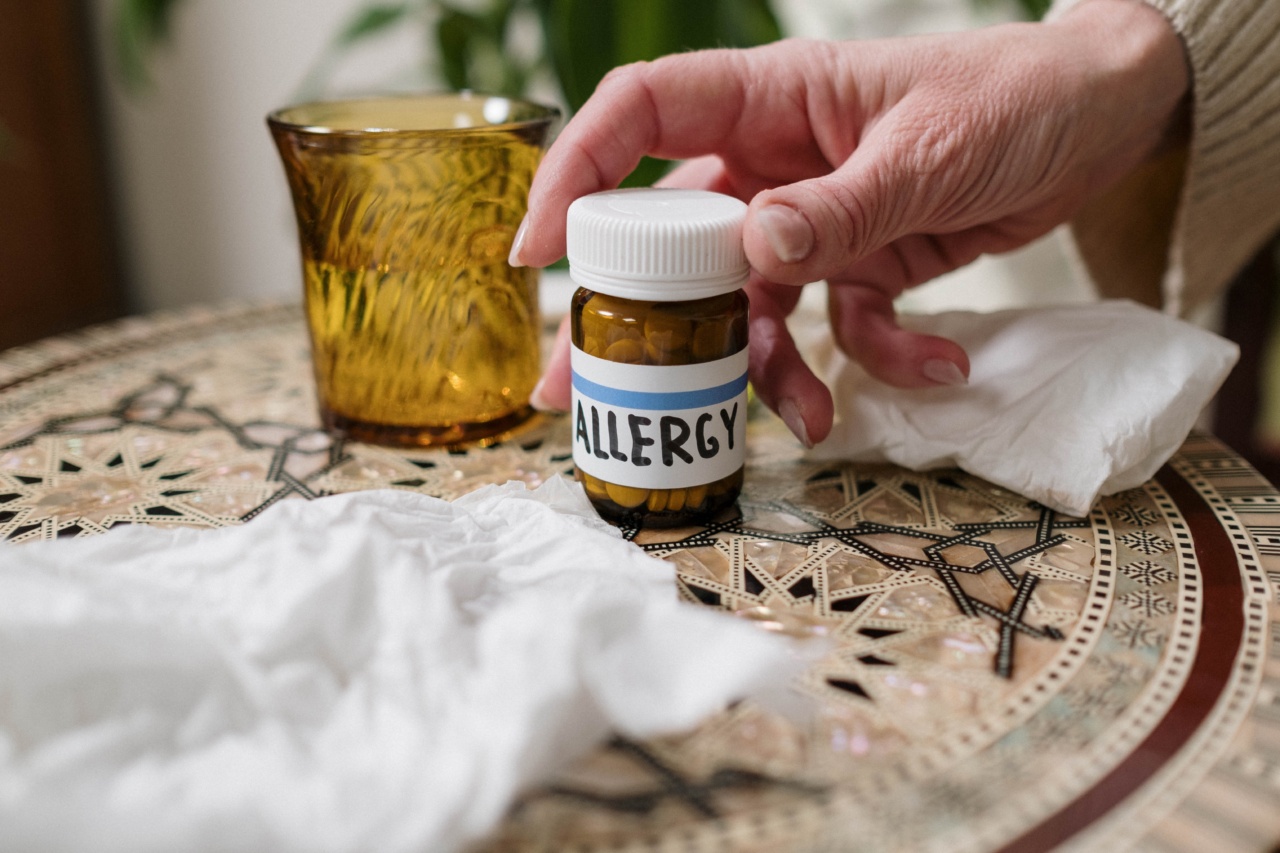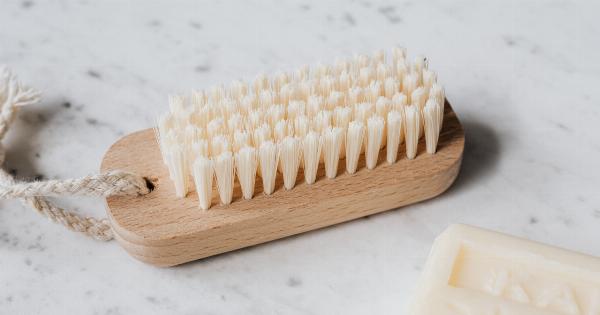Allergic rhinitis, commonly known as hay fever, is a condition that affects the nasal passages, causing inflammation, congestion, and other symptoms. This condition affects millions of people worldwide, and its prevalence is increasing annually.
In this article, we shall cover the causes and cures for allergic rhinitis.
Causes of Allergic Rhinitis
Allergic rhinitis is mainly caused by an allergic reaction when the immune system reacts to allergens. Allergens are substances that trigger an allergic reaction when they come into contact with the body.
The most common allergens that cause allergic rhinitis include:.
Pollens
These are tiny particles that are released by plants, trees, and flowers during the pollination season. Pollen allergy is also known as seasonal allergic rhinitis, and it occurs mainly in the spring and summer seasons.
Dust Mites
These are tiny insects that live in dust, carpets, bedding, and upholstery. Dust mites are most prevalent in damp areas and can trigger allergic rhinitis when inhaled.
Mold Spores
Mold spores are tiny particles that grow on damp surfaces such as walls, carpets, and ceilings. When inhaled, they can trigger allergic reactions that lead to rhinitis.
Pet Dander
Pet dander refers to the dead skin cells, saliva, and urine of pets such as cats, dogs, and rabbits. These allergens can trigger allergic reactions that result in rhinitis.
Cures for Allergic Rhinitis
Allergic rhinitis can be treated by avoiding allergens or by taking medication that reduces the symptoms. Below are some of the cures for allergic rhinitis:.
Allergen Avoidance
The easiest way to cure allergic rhinitis is by avoiding allergens. This will involve knowing the allergens that trigger the condition and taking steps to avoid them. Some of the tips that can help include:.
– Keeping windows and doors shut during the pollen season to prevent pollen from getting into your house.
– Using dust mite covers on beds and pillows to reduce the amount of dust mites in your bedding.
– Regular cleaning to reduce mold and dust in your house.
Nasal Sprays
Nasal sprays are medications that are used to reduce inflammation in the nasal passages. They work by reducing the production of histamine, which is the chemical responsible for inflammation. There are several types of nasal sprays, including:.
– Corticosteroid nasal sprays.
– Antihistamine nasal sprays.
– Decongestant nasal sprays.
Antihistamines
Antihistamines are medications that work by blocking the production of histamine in the body. They are commonly used to reduce the symptoms of allergic rhinitis such as itching, sneezing, and runny nose.
Antihistamines come in various forms, including tablets, nasal sprays, and eye drops.
Allergy Shots
Allergy shots are a type of immunotherapy that involves injecting allergens into the body in small doses to help the immune system build resistance to them.
Over time, the immune system becomes less sensitive to the allergens, leading to a reduction in the symptoms of allergic rhinitis. Allergy shots are usually administered over a period of several weeks or months and can provide long-term relief from allergic rhinitis.
Conclusion
Allergic rhinitis is a common condition that affects millions of people worldwide. It is caused by an allergic reaction to allergens such as pollen, dust mites, and mold spores.
The condition can be treated by avoiding allergens or by taking medications such as nasal sprays, antihistamines, and allergy shots. If you suspect you have allergic rhinitis, contact a medical professional, and get a diagnosis. With proper treatment and management, you can live a healthy and symptom-free life.































